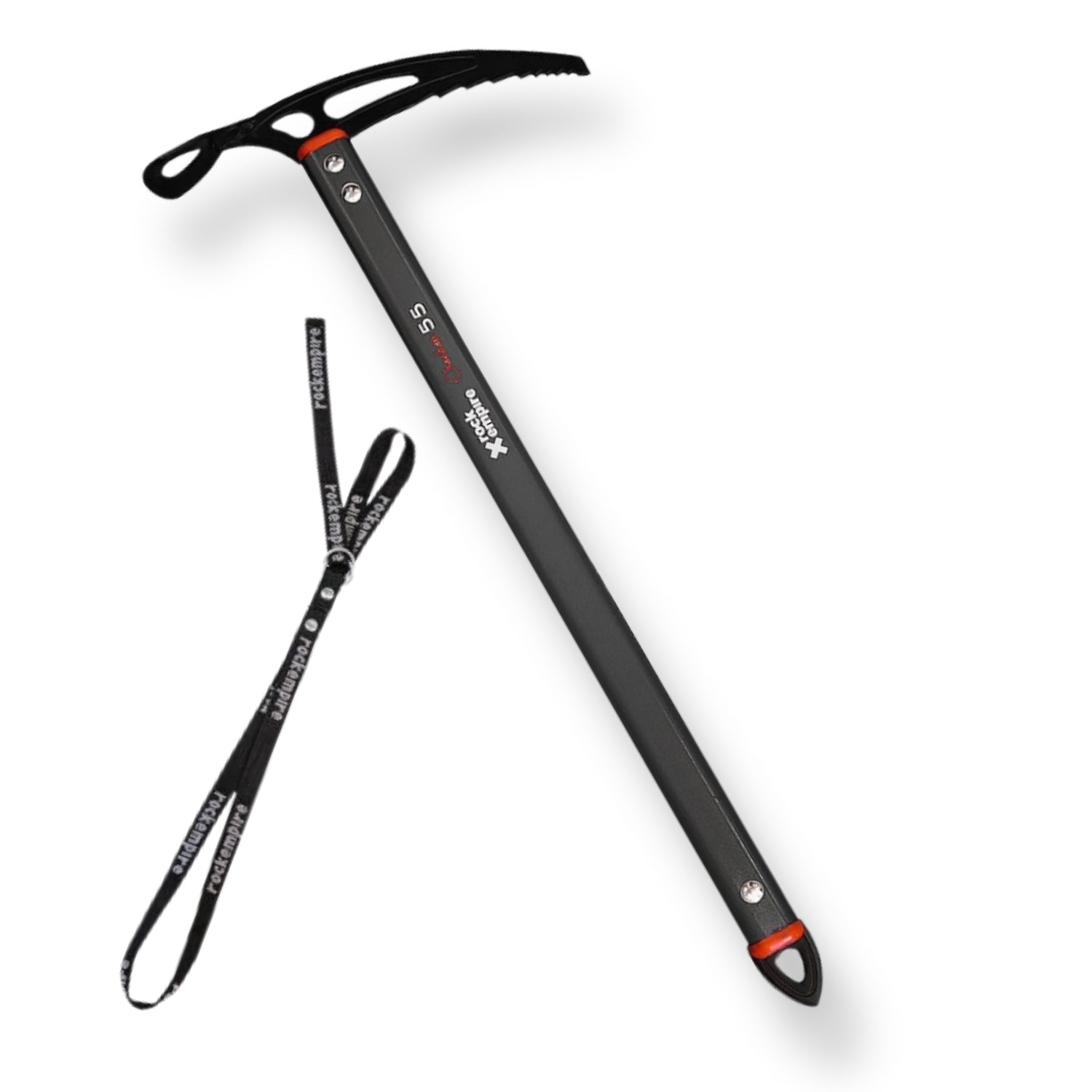by Greg Chapman
Famous for black sands, strong winds and big surf, the island of Fuerteventura is the second largest and oldest of the Canaries. A volcanic remnant which arose from the Atlantic some 20 million years ago, its distinct wind scoured hills resemble piles of saffron, turmeric and cardamon, vast heaps of exotic spice overlooking endless beaches and barren planes.
When it comes to adventure sports the island has long been popular with surfers. Over 4000 miles of Atlantic fetch regularly serve up big winds and big waves - a prime destination for regular wave riders and kite/wind surfers alike. Of course regular doesn’t mean always, and on the occasions when a lull hits it's nice to have a backup. Climbers who surf or even surfers who climb have long visited the likes of Gran Canaria and Tenerife for this very reason, with both islands providing good sport climbing and bouldering options. A quick Google search and Fuerteventura appears devoid of such alternatives. Perhaps due to a geological quirk in its formation or simply down to the fact it is older and in a more advanced state of erosion than its archipelagic neighbours, but the rocks of Fuerteventura seem, on the face of it, poor in quality.

A Heart of Granite
Whilst loose, crumbling tuffs and conglomerates may dominate this island desert if you know where to look an oasis awaits. Between the small towns of Pájara and Ajuy, in the centre of the island, Barranco de las Peñitas (the Penitas Ravine) slices through a lone hill of golden monzonite. Here an underground river flows into small disused reservoir - which dates back to the time of the Spanish Civil War - creating an oasis dotted with native plants. Below this a narrow gorge cuts deep into the solid rock creating steep cliffs, terraced patios and numerous blocks, culminating in a compact cluster of boulders at the foot of the gorge.
We have Mother Nature to thank for this, but Man did his bit as well by building a road direct to the ravine. Accessed from the FV-621, the Camino Buen Passo takes you to a large unsurfaced parking area at the head of a dry riverbed. Here a coppice of date palms, clinging to life at the base of the gorge, draw the eye and make for a wonderful backdrop to the boulders. As well as the cliffs and blocks hewn by the gorge itself, you will also notice a handful of boulders just south of the parking. These offer a pleasant little circuit and are a good option for those with limited time and/or no crash pad. That said, these blocks are pretty exposed and do feel the full force of the midday sun, whereas the ravine provides partial shelter and on occasion a welcome breeze funnels along its length.
The gorge hosts the majority of the climbing. Short, butch sport climbs, long slab pitches, intense cracks and an array of boulder problems litter this golden gulch. Whilst what's on offer is good, there isn’t enough here for a trip exclusively dedicated to climbing, however there’s plenty to help pep up a family holiday or bolster a surf trip blighted by poor or unsuitable waves. The bouldering is certainly the main draw and over 100 problems, spread across the grades, have been developed by the locals. Visually the rock and setting are reminiscent of some areas of Hampi, whilst the constancy is not dissimilar to that of California’s Buttermilks.

Saintly Behaviour
Please be aware the area is both a nature reserve and historically significant site, once home to La Virgen de la Peña - the island’s patron saint. Visitors regularly trudge up a track carved into the north side of the ravine to visit the small white hermitage, once home to the saint, situated around half way up. Whilst climbing is permitted, it goes without saying leave the area as you found it, removing any trash and brushing off tick marks and excessive chalking.
Crash Pad Rental
There is a small company called Climbing-Fuerteventura who now apparently rent out bouldering pads.
Contact Info: Steffen Grade - 0034 670715154 | info@climbing-fuerteventura.com
How to Get There
Around 1km west of Pajara leave the FV-605 and follow the FV-621 towards Ajuy. After just over 3km take a right (FV-627) and follow this narrow winding lane (Camino Buen Passo) for just over 1km to the where the tarmac surface terminates at a slight fork. Take the short steep RH fork (gravel road) and after 500m you will reach a large parking area. Park courteously as this is well used by walkers, bikers and other climbers.
Hopefully this information along with the following topos (below) will help others enjoy this fabulous little climbing location.
Topos
> Bouldering Topo to the Las Peñitas Ravine V.1
*Update: There is an updated and improved version of the topo now available courtesy of James Turnbull and the guys at unknownstones.com, downloadable here:
















